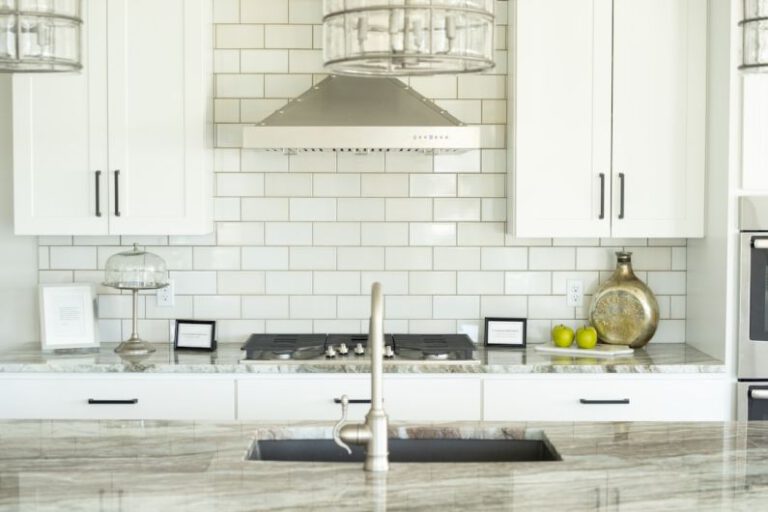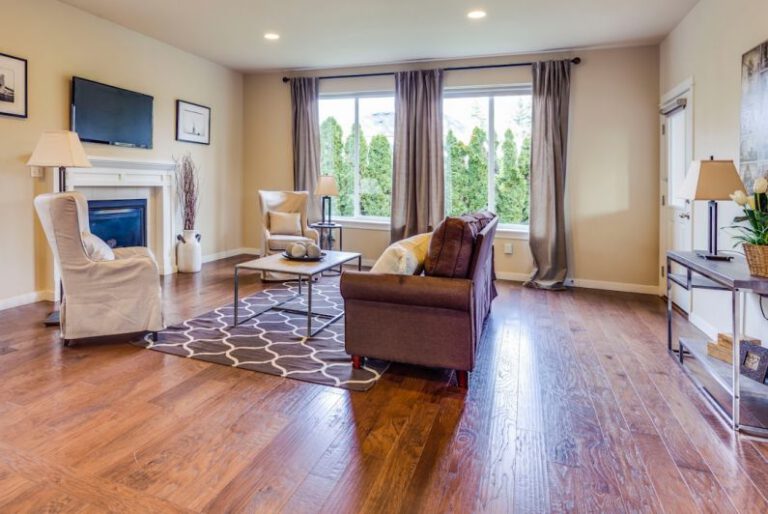Can You Build a Bookshelf with Minimal Tools?
Building a bookshelf with minimal tools may sound like a daunting task for those who are not seasoned in woodworking. However, with the right approach and a bit of creativity, constructing a functional and aesthetically pleasing bookshelf can be achieved even with limited tools. In this article, we will explore how you can embark on this DIY project using just a few basic tools and materials.
Materials Needed
To get started on building your own bookshelf, you will need some essential materials. These include:
– Wood planks: Choose sturdy and straight wood planks that are suitable for the size of the bookshelf you wish to build.
– Saw: A handsaw or a circular saw can be used to cut the wood planks to the desired dimensions.
– Drill: A power drill will be necessary for creating holes for screws and assembling the bookshelf.
– Screws and nails: These will be used to secure the different parts of the bookshelf together.
– Measuring tape: Precision is key in woodworking, so having a measuring tape on hand is essential.
– Sandpaper: To smooth out any rough edges and surfaces of the wood.
– Wood glue: Optional, but can add extra stability to the joints of the bookshelf.
Choosing a Design
Before diving into the construction process, it is important to decide on the design of your bookshelf. Consider factors such as the size of the space where the bookshelf will be placed, the number of shelves you want, and the overall aesthetic you are aiming for. Simple designs like a basic rectangular bookshelf with adjustable shelves are ideal for beginners and can be easily customized to suit your preferences.
Cutting the Wood
Using a saw, carefully cut the wood planks to the required dimensions for the sides, shelves, and back of the bookshelf. Remember to measure twice and cut once to ensure accuracy in your cuts. If you do not have access to a saw, many hardware stores offer wood cutting services, which can save you time and effort.
Assembling the Bookshelf
Once you have all the pieces cut to size, it’s time to assemble the bookshelf. Start by attaching the sides to the shelves using screws and a drill. Make sure the shelves are level and secure before moving on to the next step. If you want to add extra stability, you can also apply wood glue to the joints before screwing them together.
Adding the Back Panel
To give your bookshelf a finished look and added support, attach a back panel to the structure. This can be a piece of plywood or MDF cut to the dimensions of the bookshelf. Secure the back panel in place using nails or screws along the edges.
Finishing Touches
After assembling the bookshelf, use sandpaper to smooth out any rough edges and surfaces. You can also apply a coat of paint or wood stain to enhance the appearance of the bookshelf and protect the wood from wear and tear.
In Conclusion
Building a bookshelf with minimal tools is definitely achievable with the right approach and a bit of patience. By choosing a simple design, carefully cutting the wood to size, and following a systematic assembly process, you can create a functional and stylish bookshelf that will proudly display your literary collection. So, roll up your sleeves, gather your tools, and get ready to embark on this rewarding DIY project!






